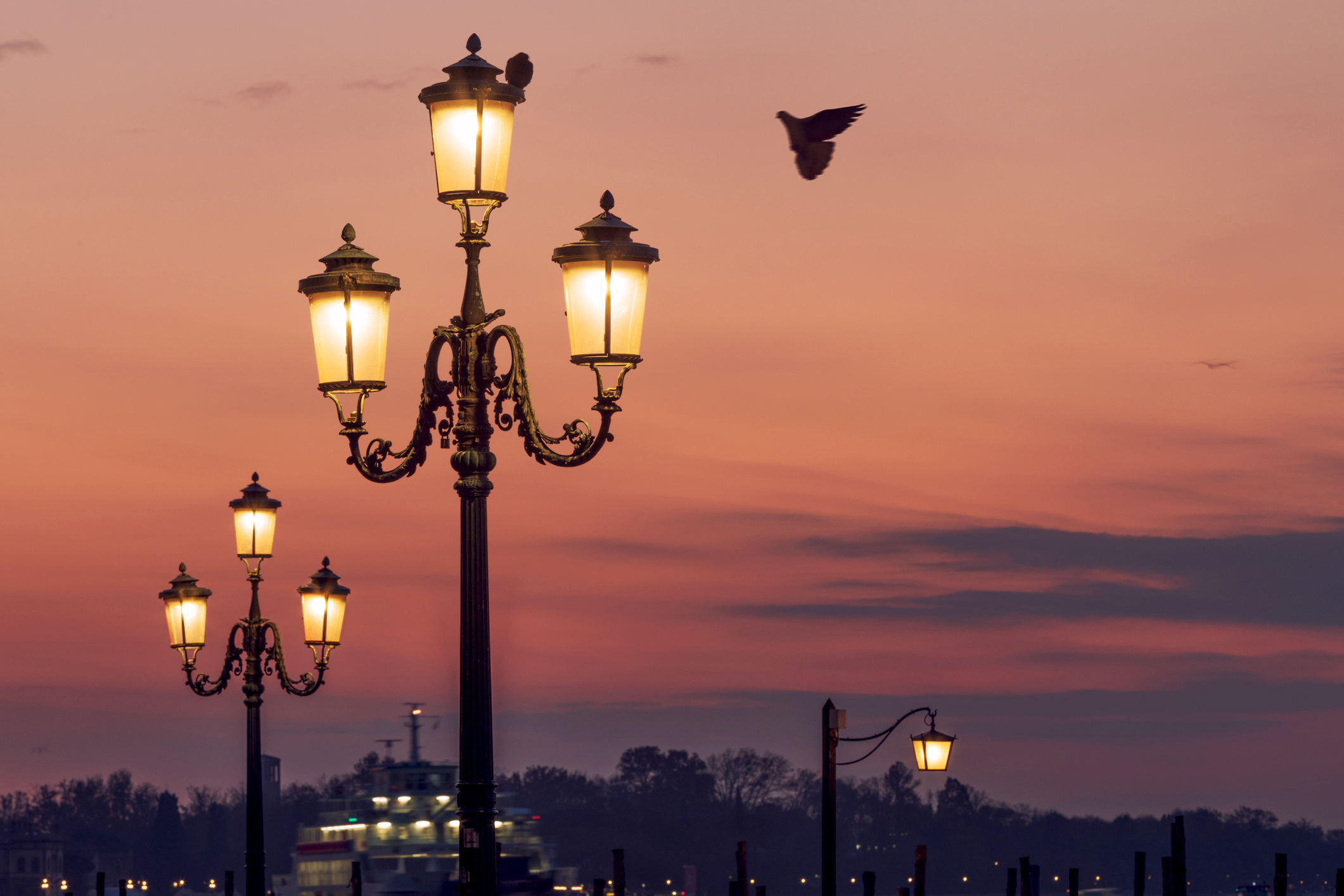Street lamps, those unassuming yet essential fixtures that line our roads and alleyways, have been a beacon of safety and civilization for centuries. These unobtrusive structures have a rich history, evolving from simple oil lamps to sophisticated, energy-efficient LED marvels. While they may often go unnoticed, street lamps play a pivotal role in shaping the urban landscape, enhancing safety, and fostering a sense of community.
A Glimpse into the Past: From Oil Lamps to Gaslights
| The origins of street lighting can be traced back to ancient civilizations. The ancient Romans used oil lamps to light the streets, primarily for safety and to prevent crime after dark. However, it wasn’t until the 18th century that street lighting began to evolve more significantly. In the 1780s, Paris became one of the first cities to implement LED light street |
street lighting using oil lamps. These early lamps were labor-intensive, requiring lamplighters to manually light and extinguish them each night.
The early 19th century saw the introduction of gas lighting, which marked a significant advancement in street lighting technology. Gas lamps were brighter, more consistent, and easier to maintain than their oil-based predecessors. This innovation quickly spread to major cities around the world, transforming urban landscapes and enhancing nighttime visibility.
The Electric Revolution: Enter the Modern Era
| The late 19th and early 20th centuries brought about the electrification of street lighting, a transformation that would revolutionize cities’ nocturnal ambiance. Thomas Edison’s installation of street lamps |
of the practical incandescent light bulb in the 1870s laid the groundwork for electric street lighting. The first electric street lamps appeared in cities like Cleveland and New York City, marking the transition from gas to electric lighting.
The benefits of electric street lamps were manifold. They were brighter, more efficient, and eliminated the need for manual maintenance. With the advent of electric street lighting, cities became safer, more vibrant, and increasingly connected. Pedestrians and vehicles could navigate the streets more easily, and businesses could extend their operating hours, giving rise to a 24-hour economy.
LEDs: The Future of Street Lighting
In recent decades, light-emitting diodes (LEDs) have emerged as the next frontier in street lighting technology. LEDs offer exceptional energy efficiency, longevity, and versatility, making them an ideal choice for illuminating our streets. Compared to traditional incandescent bulbs, LEDs consume significantly less energy and have a lifespan that is several times longer.
| Furthermore, LEDs can be tailored to emit specific colors and levels of brightness, allowing cities to experiment with different lighting schemes. This adaptability has given 10W street lighting |
to the concept of “smart” street lighting, where illumination levels can be adjusted based on the time of day, weather conditions, and even pedestrian activity. This not only reduces energy consumption but also enhances the overall urban experience.
Beyond Illumination: Safety, Community, and Artistry
Street lamps serve purposes beyond mere illumination. They play a crucial role in promoting safety by reducing accidents and deterring criminal activity. Well-lit streets create an environment where people feel secure, encouraging them to walk or bike, and fostering a sense of community engagement.
Moreover, street lamps contribute to the aesthetic appeal of urban areas. They can be designed to reflect the architectural style of a neighborhood or even serve as artistic installations themselves. Creative lighting designs can transform ordinary streets into enchanting pathways, enhancing the city’s character and identity.
Sustainable Lighting Solutions
As concerns about energy conservation and sustainability continue to grow, street lamps are also being scrutinized for their environmental impact. The transition to LED technology has already made a significant difference in reducing energy consumption and greenhouse gas emissions. Additionally, some cities are exploring solar-powered street lamps and integrating renewable energy sources to further minimize their ecological footprint.
In Conclusion
Street lamps, though often taken for granted, are an integral part of our urban environment. They have evolved from humble oil lamps to sophisticated LED systems, shaping the way we interact with our cities after dark. Their impact extends beyond mere illumination, touching on safety, community, and aesthetics. As technology advances, it’s exciting to contemplate the innovations that lie ahead, ensuring that our streets remain well-lit, inviting, and sustainable for generations to come.
Top of Form







